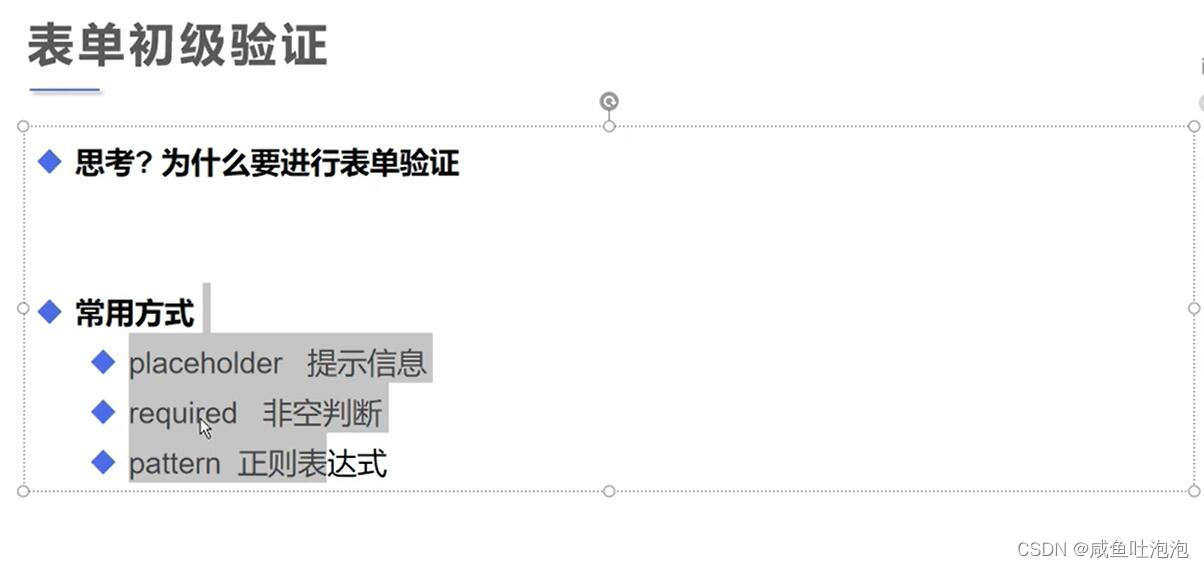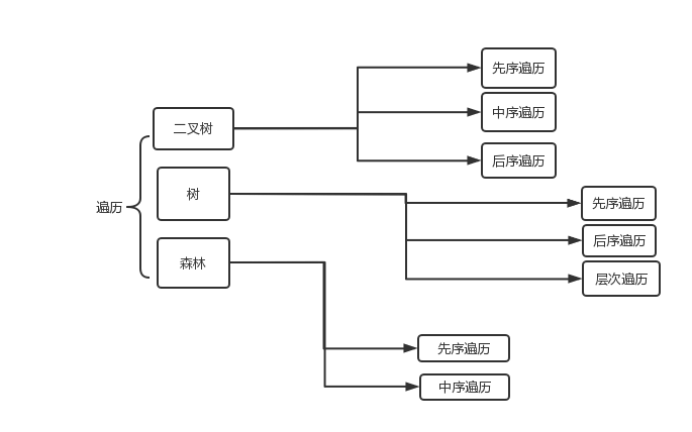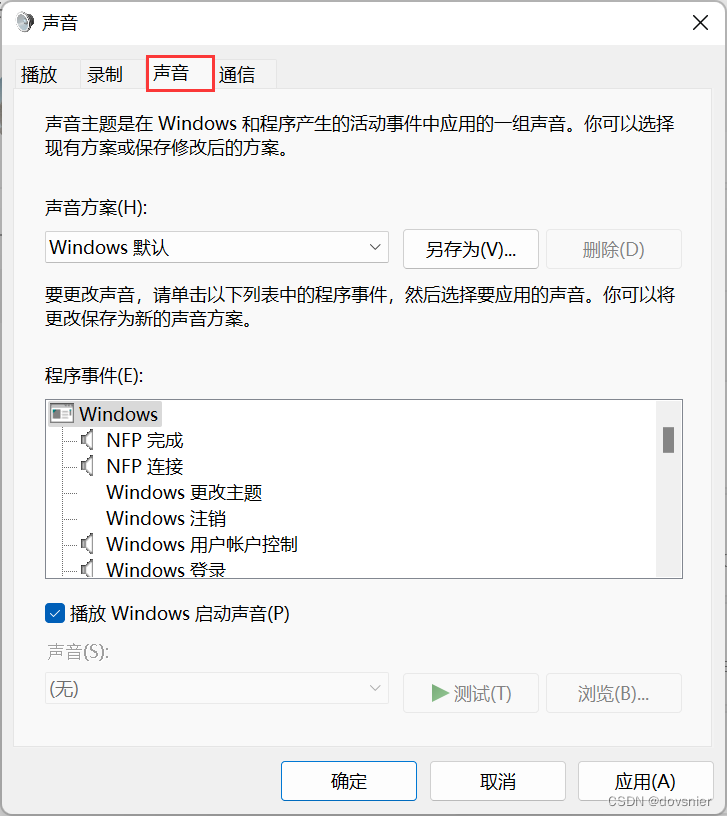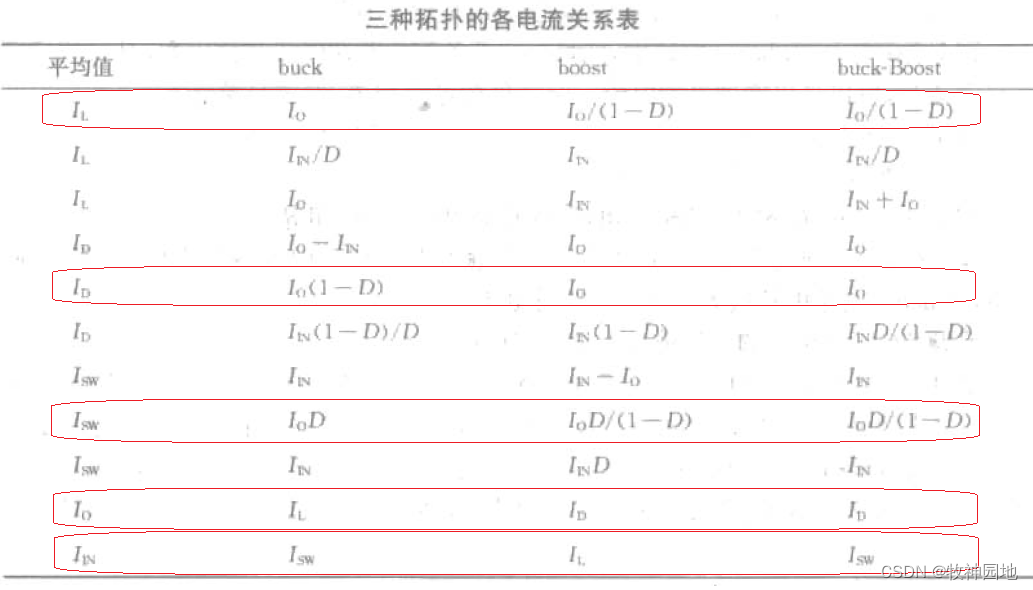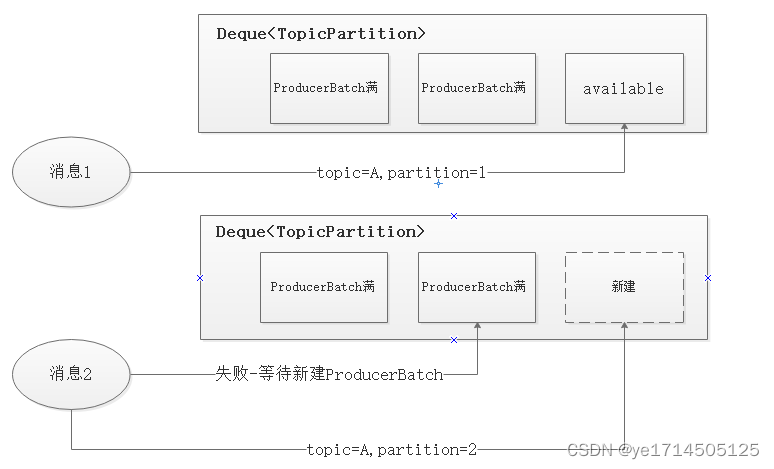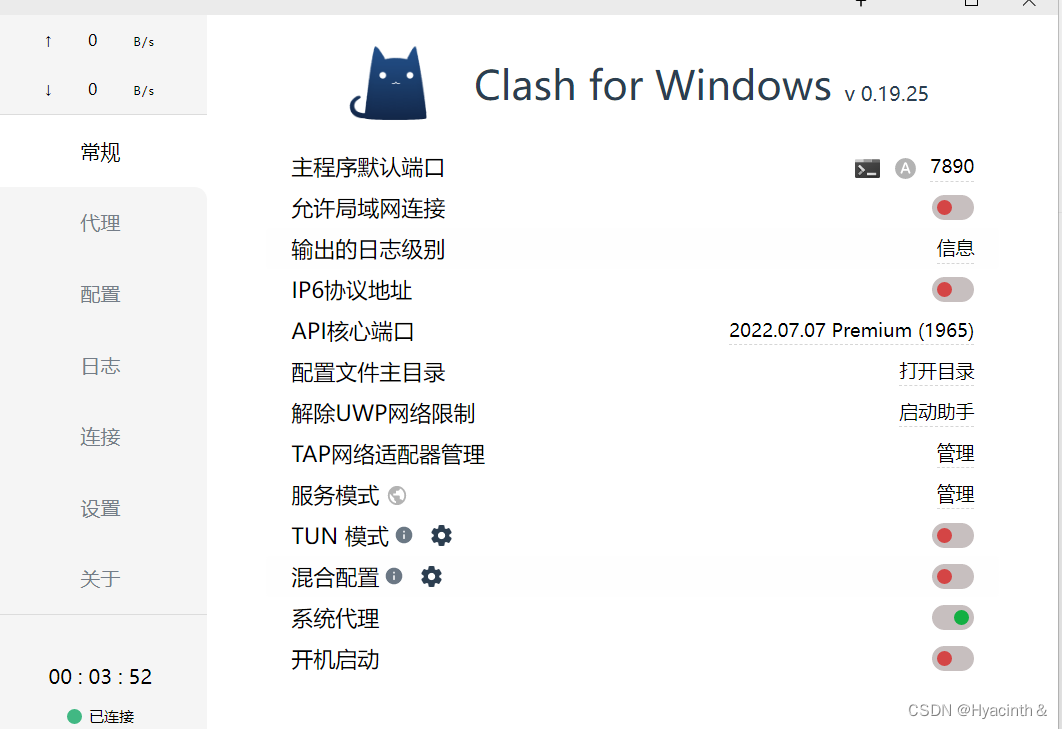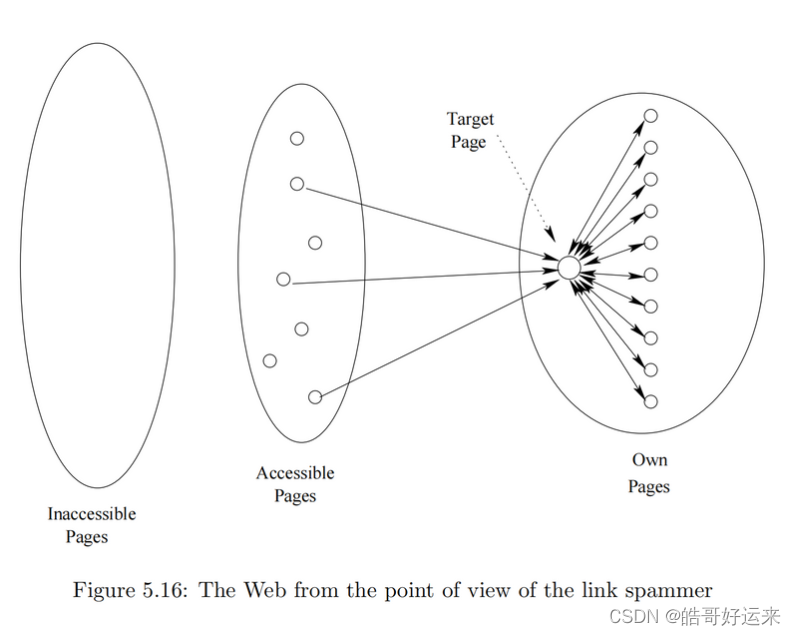
🌱码云:一条咸鱼
目录
- 🍉string类简介
- 🍉string类的常用接口说明
- 🍓string类对象常见构造函数
- 🍓string类对象常见容量操作函数
- 🍓string类对象访问及遍历操作函数
- 🍓string类对象修改操作函数
- 🍓string类非成员函数
- 🍉深浅拷贝问题
- 🍉string类模拟实现
- 🍉总结
参考手册:cplusplus
🍉string类简介
C语言中,字符串是以\0结尾的一些字符的集合,为了操作方便,C标准库中提供了一些str系列的库函数, 但是这些库函数与字符串是分离开的,不太符合OOP的思想(面向对象编程),而且底层空间需要用户自己管理,稍不留神可能还会越界访问。
标准库中的string类:
- string是表示字符串的字符串类。
- 该类的接口与常规容器的接口基本相同,再添加了一些专门用来操作string的常规操作。
- string在底层实际是:basic_string模板类的别名,typedef basic_string string。
- 不能操作多字节或者变长字符的序列。
在使用string类时,必须包含string头文件。

🍉string类的常用接口说明
🍓string类对象常见构造函数
-
string():构造空的string类对象,即空字符串。 -
string(const char* s):用字符串来构造string类对象。 -
string(size_t n, char c):string类对象中包含n个字符c。 -
string(const string&s):拷贝构造函数。
示例:
#include <iostream>
#include <string>
using namespace std;
int main()
{
string arr1;
string arr2("abcdef");
string arr3(10, 'c');
string arr4(arr2);
cout << arr1 << endl << arr2 << endl << arr3 << endl << arr4;
return 0;
}
运行结果:

🍓string类对象常见容量操作函数
size():返回字符串有效字符长度。size_t size() const;
示例:
#include <iostream>
#include <string>
using namespace std;
int main()
{
string arr("apple");
cout << arr.size() << endl;
return 0;
}
运行结果:

lenth():返回字符串有效字符长度。size_t length() const;
示例:
#include <iostream>
#include <string>
using namespace std;
int main()
{
string arr("apple");
cout << arr.length() << endl;
return 0;
}
运行结果:

capacity():返回空间总大小。size_t capacity() const;
示例:
#include <iostream>
#include <string>
using namespace std;
int main()
{
string arr("apple");
cout << arr.capacity() << endl;
return 0;
}
运行结果:

empty():检测字符串是否为空串,是返回true,否则返回false。bool empty() const;
示例:
#include <iostream>
#include <string>
using namespace std;
int main()
{
string arr1("apple");
string arr2;
if (arr1.empty())
cout << "arr1 empty" << endl;
else
cout << "arr1 not empty" << endl;
if (arr2.empty())
cout << "arr2 empty" << endl;
else
cout << "arr2 not empty" << endl;
return 0;
}
运行结果:
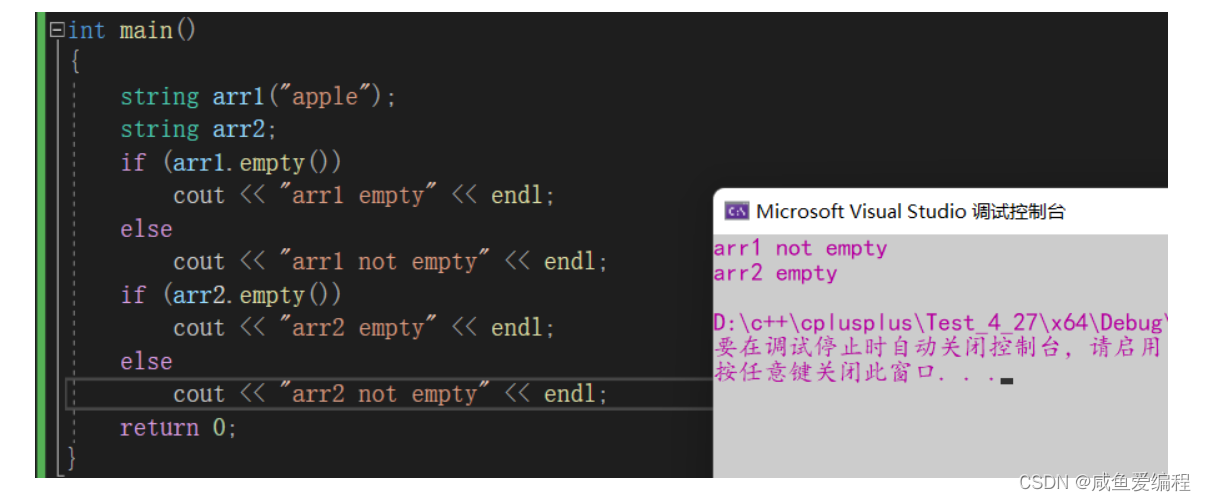
clear():清空有效字符。void clear();
示例:
#include <iostream>
#include <string>
using namespace std;
int main()
{
string arr1("apple");
cout << "begin : " << arr1 << endl;
arr1.clear();
cout << "end : " << arr1 << endl;
return 0;
}
运行结果:

reserve():为字符串开辟空间。void reserve (size_t n = 0);
示例:
int main()
{
string arr1("apple");
cout << arr1.capacity() << endl;
arr1.reserve(arr1.capacity() * 2);
cout << arr1.capacity() << endl;
return 0;
}
运行结果:

resize():将有效字符的个数改成n个,多出的空间用字符c填充。void resize (size_t n); void resize (size_t n, char c);
示例:
#include <iostream>
#include <string>
using namespace std;
int main()
{
string arr1("apple");
cout << arr1.capacity() << endl;
arr1.resize(arr1.capacity() * 2, 'X');
cout << arr1.capacity() << endl << arr1 << endl;
arr1.resize(arr1.capacity() / 2);
cout << arr1.capacity() << endl << arr1 << endl;
return 0;
}
运行结果:

注意:
size()与length()方法底层实现原理完全相同,引入size()的原因是为了与其他容器的接口保持一致,一般情况下基本都是用size()。
clear()只是将string中有效字符清空,不改变底层空间大小。
reserve(size_t n = 0)函数为string预留空间,不改变有效元素个数,当reserve的参数小于string的底层空间总大小时,reserver不会改变容量大小。
当resize函数的n小于原来的有效字符个数时,resize会保留n个有效字符然后再后面加上
/0,不会改变capacity的大小。当n大于原来的有效字符个数时,resize会在未初始化的空间上进行初始化,如果传了字符c就用c初始化,没有传就用\0初始化,resize在改变元素个数时,如果是将元素个数增多,可能会改变底层容量的大小,如果是将元素个数减少,底层空间总大小不变。
🍓string类对象访问及遍历操作函数
operator[]():返回pos位置的字符。char& operator[] (size_t pos); const char& operator[] (size_t pos) const;
begin():获取一个字符的迭代器。iterator begin(); const_iterator begin() const;
end():获取最后一个字符下一个位置的迭代器。iterator end(); const_iterator end() const;
rbegin():获取最后一个字符的迭代器。reverse_iterator rbegin(); const_reverse_iterator rbegin() const;
rend():获取第一个字符的前一个位置的迭代器。reverse_iterator rend(); const_reverse_iterator rend() const;
tips :
- operator[]的使用我们通常直接使用
[]的形式,如下代码两种形式都可以:
string s1("apple"); for (int i = 0; i < s1.size(); i++) { cout << s1[i] << ' '; } cout << endl; for (int i = 0; i < s1.size(); i++) { cout << s1.operator[](i) << ' '; } cout << endl;
- 迭代器的
begin-end和rbegin-rend都是左闭右开的集合。 - 有迭代器的加持,在c++11中支持更简洁的范围for的新遍历方式,如下代码:
string s1("apple"); for (auto e : s1) cout << e << ' '; cout << endl;
示例代码:
#include <iostream>
#include <string>
using namespace std;
int main()
{
string s1("hello world");
cout << "operator[] : ";
for (int i = 0; i < s1.size(); i++)
{
cout << s1[i];
}
cout << endl;
cout << "begin : ";
for (string::iterator bg = s1.begin(); bg != s1.end(); bg++)
{
cout << *bg;
}
cout << endl;
cout << "rbegin : ";
for (string::reverse_iterator rbg = s1.rbegin(); rbg != s1.rend(); rbg++)
{
cout << *rbg;
}
cout << endl;
return 0;
}
运行结果:

🍓string类对象修改操作函数
push_back():在字符串尾插字符c。void push_back (char c);
append():在字符串后追加一个字符串str。string& append (const string& str); //追加字符串str从下标subpos位置开始的sublen个字符 string& append (const string& str, size_t subpos, size_t sublen); string& append (const char* s); //追加字符串s从下标0开始n个字符 string& append (const char* s, size_t n); //追加n个c字符 string& append (size_t n, char c); template <class InputIterator> string& append (InputIterator first, InputIterator last);
operator+=:在字符串后追加字符串。string& operator+= (const string& str); string& operator+= (const char* s); string& operator+= (char c);tips:
s1 += "bear"和s1.operator+=("bear")两种用法都可以,直接用+=更加便捷。
c_str():返回C格式字符串。const char* c_str() const;
find():从字符串pos位置开始往后找字符c或字符串,返回该字符在字符串中的位置。没有则返回npos(-1)。size_t find (const string& str, size_t pos = 0) const; size_t find (const char* s, size_t pos = 0) const; //从pos位置开始查找字符串s的前n个字符。 size_t find (const char* s, size_t pos, size_t n) const; size_t find (char c, size_t pos = 0) const;
rfind:从字符串pos位置开始往前找字符c,返回该字符在字符串中的位置。没有则返回npos(-1)。size_t rfind (const string& str, size_t pos = npos) const; size_t rfind (const char* s, size_t pos = npos) const; //从pos位置开始查找字符串s的前n个字符。 size_t rfind (const char* s, size_t pos, size_t n) const; size_t rfind (char c, size_t pos = npos) const;
substr():在str中从pos位置开始,截取n个字符,然后将其返回。string substr (size_t pos = 0, size_t len = npos) const;注意:
- 当len大于str中pos位置后面剩余的字符时,那么就截取后面所有的字符。
- 当不给len传参时,默认截取pos后面所有的字符。
示例代码:
#include <iostream>
#include <string>
using namespace std;
int main()
{
string s1("apple");
s1.push_back('T');
cout << s1 << endl;
s1.append("abcd", 0, 4);
cout << s1 << endl;
s1 += "XXX";
cout << s1 << endl;
int ret1 = s1.find('T', 0);
cout << ret1 << endl;
int ret2 = s1.rfind('T', 12);
cout << ret2 << endl;
cout << s1.substr(5, 5) << endl;
cout << s1.c_str() << endl;
return 0;
}
运行结果:

🍓string类非成员函数
operator+:将lhs和rhs组合成一个字符串。string operator+ (const string& lhs, const string& rhs); string operator+ (const string& lhs, const char* rhs); string operator+ (const char* lhs, const string& rhs); string operator+ (const string& lhs, char rhs); string operator+ (char lhs, const string& rhs);
示例:
#include <iostream>
#include <string>
using namespace std;
int main()
{
string s1("apple");
string s2("bear");
cout << s1 + s2 << endl;
cout << operator+(s1, s2) << endl;
return 0;
}
运行结果:

注意:尽量少用,因为传值返回,导致深拷贝效率低。
opereator>>:输入运算符重载。istream& operator>> (istream& is, string& str);
operator<<:输出运算符重载。ostream& operator<< (ostream& os, const string& str);
getline:获取一行字符串(遇空格不结束)。istream& getline (istream& is, string& str, char delim); istream& getline (istream& is, string& str);
relational operators:大小比较。(1) bool operator== (const string& lhs, const string& rhs); bool operator== (const char* lhs, const string& rhs); bool operator== (const string& lhs, const char* rhs); (2) bool operator!= (const string& lhs, const string& rhs); bool operator!= (const char* lhs, const string& rhs); bool operator!= (const string& lhs, const char* rhs); (3) bool operator< (const string& lhs, const string& rhs); bool operator< (const char* lhs, const string& rhs); bool operator< (const string& lhs, const char* rhs); (4) bool operator<= (const string& lhs, const string& rhs); bool operator<= (const char* lhs, const string& rhs); bool operator<= (const string& lhs, const char* rhs); (5) bool operator> (const string& lhs, const string& rhs); bool operator> (const char* lhs, const string& rhs); bool operator> (const string& lhs, const char* rhs); (6) bool operator>= (const string& lhs, const string& rhs); bool operator>= (const char* lhs, const string& rhs); bool operator>= (const string& lhs, const char* rhs);
string类的接口众多,并不需要全都记住,我们只需要记得会用一些常见接口即可,有必要时可以直接去查看官方文档。
🍉深浅拷贝问题
浅拷贝:
也称位拷贝,编译器只是将对象中的值拷贝过来。如果对象中管理资源,最后就会导致多个对象共享同一份资源,当一个对象销毁时就会将该资源释放掉,而此时另一些对象不知道该资源已经被释放,以为还有效,所以当继续对资源进项操作时,就会发生发生了访问违规。
深拷贝:
深拷贝就是为了解决浅拷贝带来的问题,如果一个类中涉及到资源的管理,其拷贝构造函数、赋值运算符重载以及析构函数必须要显式给出,一般情况都是按照深拷贝方式提供。
示例:
#include <iostream>
#include <string>
using namespace std;
class mystring
{
public:
mystring(const char* str = "")
{
if (str == nullptr)
{
_ptr = nullptr;
}
_ptr = new char[strlen(str) + 1];
strcpy(_ptr, str);
}
~mystring()
{
if (_ptr)
{
delete[] _ptr;
_ptr = nullptr;
}
}
private:
char* _ptr;
};
int main()
{
mystring s1("apple");
mystring s2(s1);
return 0;
}
如上代码,因为没有显示定义拷贝构造,默认的拷贝构造函数为浅拷贝,所以在析构时会出现内存泄漏。
运行结果:

因此,我们需要显示定义拷贝构造函数进行深拷贝,如下代码:
#include <iostream>
#include <string>
using namespace std;
class mystring
{
public:
mystring(const char* str = "")
{
if (str == nullptr)
{
_ptr = nullptr;
}
_ptr = new char[strlen(str) + 1];
strcpy(_ptr, str);
}
mystring(const mystring& s)
:_ptr(new char[strlen(s._ptr) + 1])
{
strcpy(_ptr, s._ptr);
}
~mystring()
{
if (_ptr)
{
delete[] _ptr;
_ptr = nullptr;
}
}
private:
char* _ptr;
};
int main()
{
mystring s1("apple");
mystring s2(s1);
return 0;
}
运行结果:

🍉string类模拟实现
简单模拟string类的功能,封装出一个自己的string类。
mystring.h:
#pragma once
#include <iostream>
#include <assert.h>
using namespace std;
namespace wzh {
class mystring
{
private:
friend ostream& operator<<(ostream& _cout, const wzh::mystring& s);
public:
typedef char* iterator;
public:
mystring(const char* str = "");
mystring(const mystring& s);
~mystring();
void swap(mystring& s);
mystring& operator=(mystring& s);
iterator begin();
iterator end();
char& operator[](size_t index);
const char& operator[](size_t index) const;
size_t size() const;
size_t capacity() const;
bool empty() const;
void clear();
void push_back(char c);
mystring& operator+=(char c);
mystring& operator+=(const char* str);
void append(const char* str);
void resize(size_t newsize, char c = '\0');
void reserve(size_t newcapacity);
bool operator<(const mystring& s);
bool operator<=(const mystring& s);
bool operator>(const mystring& s);
bool operator>=(const mystring& s);
bool operator==(const mystring& s);
bool operator!=(const mystring& s);
size_t find(char c, size_t pos = 0) const;
size_t find(const char* s, size_t pos = 0) const;
mystring& insert(size_t pos, char c);
mystring& insert(size_t pos, const char* str);
mystring& erase(size_t pos, size_t len);
private:
char* _str;
size_t _size;
size_t _capacity;
};
}
mystring.cpp:
#define _CRT_SECURE_NO_WARNINGS 1
#include "mystring.h"
wzh::mystring::mystring(const char* str) //缺省函数声明处写,定义不需要写
{
_size = strlen(str);
_capacity = _size;
_str = new char[_capacity + 1];
strcpy(_str, str);
}
wzh::mystring::mystring(const mystring& s)
:_size(0)
,_capacity(0)
,_str(nullptr)
{
mystring tmp(s._str);
swap(tmp);
}
void wzh::mystring::swap(mystring& s)
{
std::swap(_str, s._str);
std::swap(_size, s._size);
std::swap(_capacity, s._capacity);
}
wzh::mystring::~mystring()
{
if (_str)
{
delete[] _str;
_str = nullptr;
}
_size = _capacity = 0;
}
wzh::mystring& wzh::mystring::operator=(mystring& s)
{
swap(s);
return *this;
}
wzh::mystring::iterator wzh::mystring::begin()
{
return _str;
}
wzh::mystring::iterator wzh::mystring::end()
{
return _str + _size;
}
void wzh::mystring::resize(size_t newsize, char c)
{
if (newsize > _size)
{
if (newsize > _capacity)
{
reserve(newsize);
}
memset(_str + _size, c, newsize - _size);
}
_size = newsize;
_str[newsize] = '\0';
}
void wzh::mystring::reserve(size_t newcapacity)
{
if (newcapacity > _capacity)
{
char* str = new char[newcapacity + 1];
strcpy(str, _str);
delete[] _str;
_str = str;
_capacity = newcapacity;
}
}
void wzh::mystring::push_back(char c)
{
if (_size == _capacity) reserve(_capacity * 2);
_str[_size++] = c;
_str[_size] = '\0';
}
wzh::mystring& wzh::mystring::operator+=(char c)
{
push_back(c);
return *this;
}
wzh::mystring& wzh::mystring::operator+=(const char* str)
{
append(str);
return *this;
}
bool wzh::mystring::empty() const
{
return _size == 0;
}
size_t wzh::mystring::capacity() const
{
return _capacity;
}
size_t wzh::mystring::size() const
{
return _size;
}
char& wzh::mystring::operator[](size_t index)
{
assert(index < _size);
return _str[index];
}
const char& wzh::mystring::operator[](size_t index) const
{
assert(index < _size);
return _str[index];
}
void wzh::mystring::append(const char* str)
{
for (int i = 0; i < strlen(str); i++)
push_back(str[i]);
}
void wzh::mystring::clear()
{
_size = 0;
_str[_size] = '\0';
}
bool wzh::mystring::operator<(const mystring& s)
{
if (_size < s.size()) return true;
if (_size > s.size()) return false;
for (int i = 0; i < _size; i++)
{
if (_str[i] > s[i]) return false;
if (_str[i] < s[i]) return true;
}
return false;
}
bool wzh::mystring::operator==(const mystring& s)
{
if (_size != s.size()) return false;
for (int i = 0; i < _size; i++)
{
if (_str[i] != s[i]) return false;
}
return true;
}
bool wzh::mystring::operator<=(const mystring& s)
{
return *this < s || *this == s;
}
bool wzh::mystring::operator>(const mystring& s)
{
return !(*this <= s);
}
bool wzh::mystring::operator>=(const mystring& s)
{
return *this > s || *this == s;
}
bool wzh::mystring::operator!=(const mystring& s)
{
return !(*this == s);
}
ostream& wzh::operator<<(ostream& _cout, const wzh::mystring& s)
{
for (int i = 0; i < s.size(); i++)
_cout << s[i];
return _cout;
}
size_t wzh::mystring::find(char c, size_t pos) const
{
assert(pos >= 0 && pos < _size);
for (int i = pos; i < _size; i++)
{
if (_str[i] == c) return i;
}
return -1;
}
size_t wzh::mystring::find(const char* s, size_t pos) const
{
assert(pos >= 0 && pos < _size);
int tmp = 0, ti = 0;
for (int i = pos; i < _size; i++)
{
ti = i;
tmp = 0;
while (s[tmp] == _str[ti] && tmp < strlen(s) && ti < _size)
{
tmp++;
ti++;
}
if (tmp == strlen(s)) return i;
}
return -1;
}
wzh::mystring& wzh::mystring::insert(size_t pos, char c)
{
assert(pos >= 0 && pos < _size);
if (_size >= _capacity) reserve(_capacity * 2);
memmove(_str + pos + 1, _str + pos, sizeof(char));
_str[pos] = c;
_size++;
return *this;
}
wzh::mystring& wzh::mystring::insert(size_t pos, const char* str)
{
assert(pos >= 0 && pos < _size);
if (_capacity - _size < strlen(str)) reserve(_capacity + strlen(str));
memcpy(_str + pos + strlen(str), _str + pos, sizeof(char) * (_size - pos));
memcpy(_str + pos, str, sizeof(char) * strlen(str));
/*for (int i = 0; i < strlen(str); i++)
_str[pos++] = str[i];*/
_size += strlen(str);
return *this;
}
wzh::mystring& wzh::mystring::erase(size_t pos, size_t len)
{
assert(pos >= 0 && pos < _size);
if (pos + len < _size)
{
memcpy(_str + pos, _str + pos + len, sizeof(char) * (_size - pos - len));
_size -= len;
}
else
{
_str[pos] = '\0';
_size = pos;
}
return *this;
}
test.cpp:
#define _CRT_SECURE_NO_WARNINGS 1
#include "mystring.h"
//using namespace wzh;
int main()
{
wzh::mystring s1("apple");
wzh::mystring s2(s1);
wzh::mystring s3;
wzh::mystring::iterator it = s1.begin();
while (it != s1.end())
{
cout << *it++ << ' ';
}
cout << endl;
s1.push_back('x');
cout << s1 << endl;
s1.append("bear");
cout << s1 << endl;
s1 += "KKK";
cout << s1 << endl;
for (auto e : s1)
{
cout << e << ' ';
}
cout << endl;
cout << s1.insert(0, 'p') << endl;
cout << s1.insert(3, "TTT") << endl;
cout << s1.erase(0, 1) << endl;
cout << s1.erase(2, 1) << endl;
cout << s1.insert(0, "YYY") << endl;
return 0;
}
🍉总结
本篇博客对c++的string类和string类的一些接口进行了介绍,并且对string类的一些接口也进行模拟实现,string类的接口繁多且冗余,我们只需要将一些常用的接口记住就行,在遇到不会的或者记得模糊的接口我们可以去查看文档,cplusplus网页文档放在了文章的开篇处,供大家查询。大家如果觉得有帮助的话,就点个赞呗!

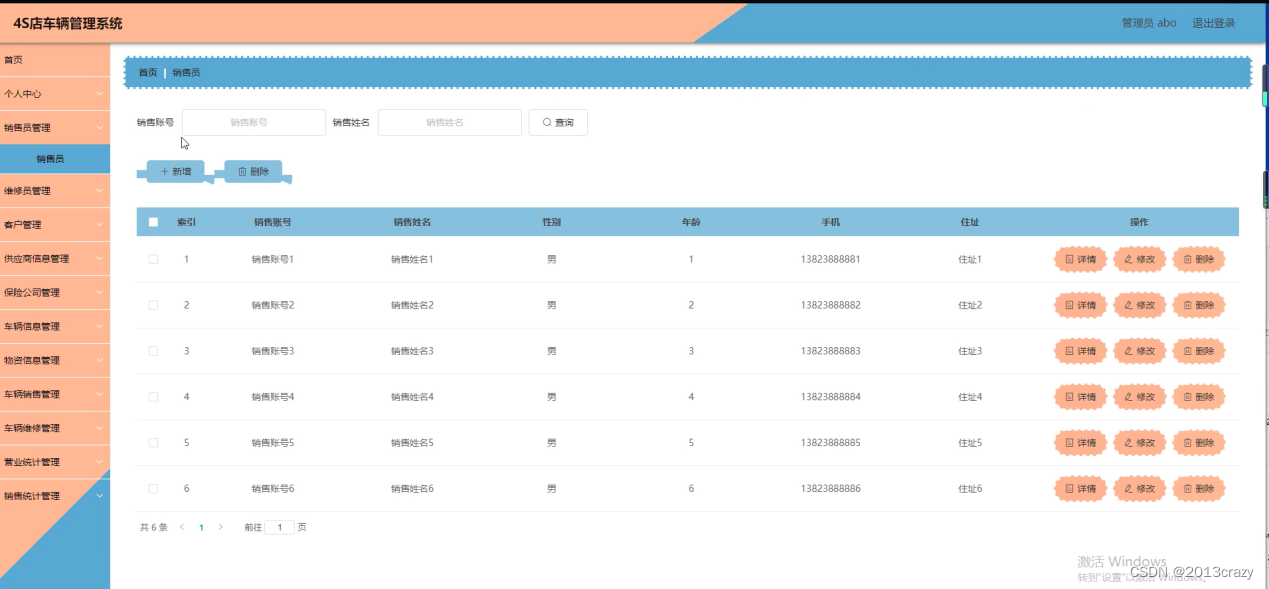

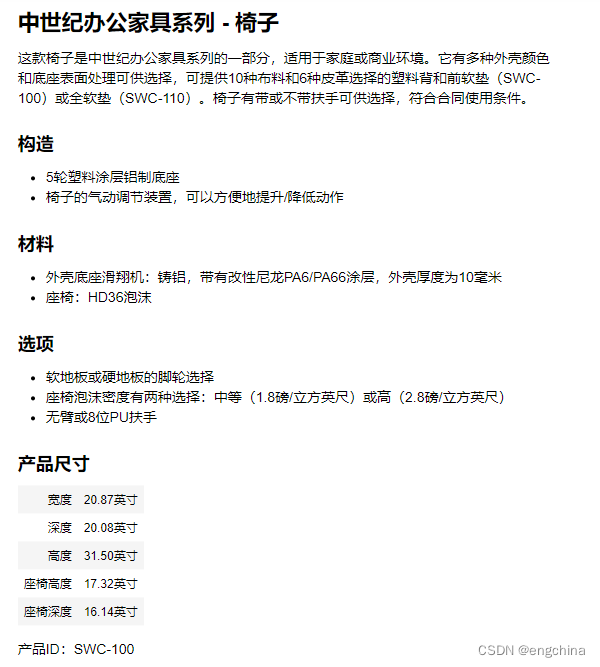
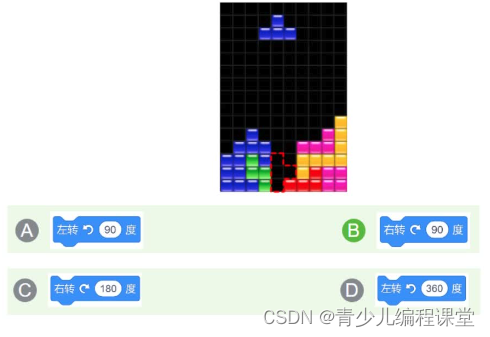

![win10安装Anaconda巨详细[更新于2023.5.7]](https://img-blog.csdnimg.cn/f8a8187a2e8941e9aca9d1f05b2bf1de.png)

